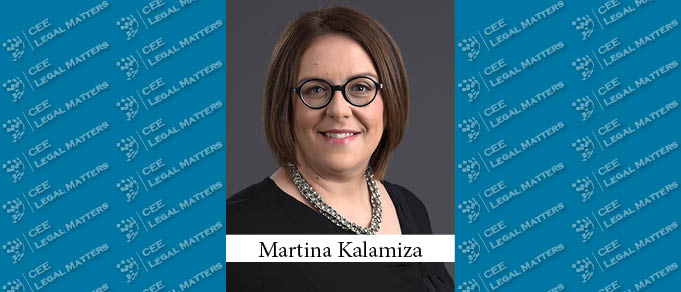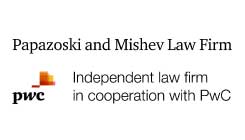Almost two years ago, I discussed in an article published in CEE Legal Matters the presence of “green” bonds and financings in Croatia. The thesis put forward in that article was focused on the necessity of companies and financial service providers to be more “green” in terms of the products they offer on the Croatian (capital) markets and goals on sustainability which should be accomplished.
Today, it can be seen that sustainability requirements are more and more present not only in traditional finance transactions but in the Croatian capital markets as well.
The finance documents include sustainability-linked loan principles as standards for traditional lending activities while the ICMA international standards on sustainability-linked bonds (SLBs) are incorporated as terms and conditions for the issuance of the SLBs on the Croatian market. Both of those sustainability principles have a similar goal ¬– improving the borrower’s/issuer’s position in terms of sustainability requirements.
However, the question which arises is: are SLBs the right fit to accomplish real environmental, social, and sustainability goals?
Promising Sustainability?
SLBs are debt securities whose aim is to get finance through the capital markets for certain sustainability-related targets or meet specific sustainability performance goals. The ICMA defines them as “any type of bond instrument for which the financial and/or structural characteristics can vary depending on whether the issuer achieves predefined Sustainability/ESG objectives.” They are used both by the public and private sectors (both of which are seen on the Croatian capital markets) and are a great fit for companies having difficulties in reaching specific environmental and sustainability goals.
Unlike green bonds (also known as use of proceeds bonds), where the proceeds of the bonds should be used for specific environmental or social projects or targets, the proceeds of SLBs are not ring-fenced to sustainable green projects. There are no “firm commitments” on the issuer side to reach certain targets, which makes those bonds only targets-based bonds.
The issuers of SLBs do not commit to using any amount of the proceeds for specific projects or business activities that meet environmental, social and management, or sustainability criteria nor business restrictions in that sense. Thus, it is right to state that SLBs are rather flexible in terms of targets and are aimed at accomplishing certain environmental or social outcomes/targets which are measured/defined by key performance indicators (KPIs). The KPIs are checked by independent and external verifications by experts.
If the targets put forward by the KPIs are not met, the issuers will pay a penalty (coupon penalty), which makes those bonds attractive to investors since they will get monetary compensation in the “event of default” under SLBs.
The flexible character of SLBs in terms of reaching sustainability targets in a certain period defined under the SLB’s terms and conditions and the possibility to use the bond proceeds for even general corporate purposes make SLBs attractive to issuers who can easily access capital markets finance.
This advantage can prove to be a disadvantage with SLBs being more vulnerable to accusations of having a greenwashing character.
Sustainability of Higher Goals – What Does the Future Hold for SLBs?
The EU proposal for the Corporate Sustainability Due Diligence Directive, if enacted at the EU level, shows that sustainability will go beyond the climate level and it will tackle not only the environment but also human rights.
The legislative framework on ESG compliance (currently in place and the ones which have to be implemented at a national level/enacted on the EU level) together with the fact that under the Croatian National Development Strategy, 37% of funds through investments and reforms must be directed to the green transition and the fight against climate change until 2030 put forward new challenges on the issuer and subscribers accessing capital markets.
Those factors will definitely impact the issuers’ choice of bonds available to access the capital markets (social, green, sustainable), the success of their subscription by investors who might be hungry for investments that are compliant with “real” ESG requirements, and the way of directing operations toward sustainability, reducing carbon dioxide, and increasing the share of electricity from renewable sources.
The SLB market has huge potential to grow in the future as a source of financing certain general sustainable goals of companies at least in a transitional phase. However, the real goals and projects financed through green, sustainable, social bonds will take us closer to a more sustainable world.
By Martina Kalamiza, Partner, Lovric Novokmet & Partners
This article was originally published in Issue 11.4 of the CEE Legal Matters Magazine. If you would like to receive a hard copy of the magazine, you can subscribe here.






















